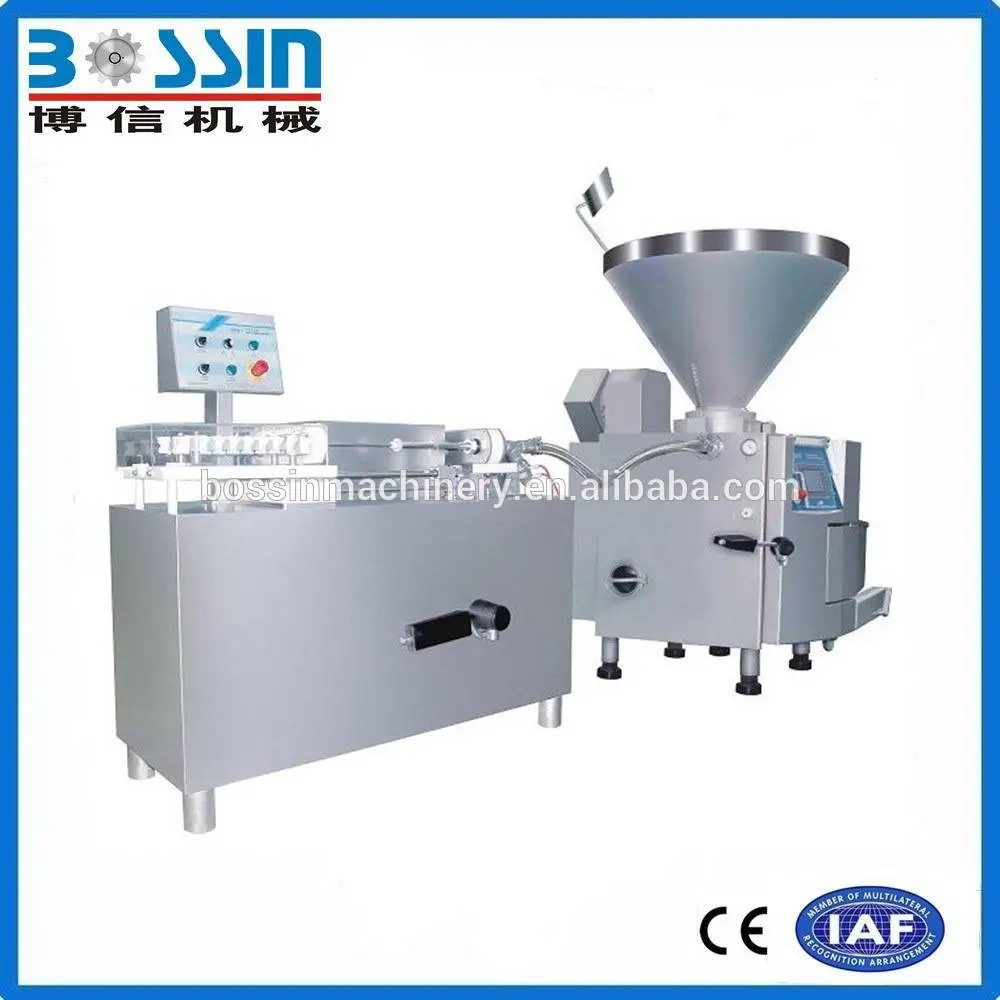
oct. . 14, 2024 21:58 Back to list
sausage stuffer parts
Understanding Sausage Stuffer Parts A Comprehensive Guide
Sausage stuffing is an art and a science that has been practiced for centuries. Many culinary enthusiasts and professionals alike appreciate the joy of making fresh sausages at home. A vital component of this process is the sausage stuffer, a device designed to fill casings with seasoned meat mixtures. To ensure smooth operation and high-quality results, understanding the parts of a sausage stuffer is essential.
1. Hopper
The hopper is the container where the meat mixture is placed before stuffing. It is usually made of stainless steel or plastic to ensure durability and easy cleaning. Hoppers come in various sizes, allowing you to prepare a small batch or a large quantity of sausage at once. For best results, the meat mixture should be chilled before loading it into the hopper, as cold meat is easier to stuff.
2. Piston
The piston is a crucial component that pushes the meat out of the hopper and into the casing. In manual models, you operate the piston by turning a handle, while electric stuffers have a motor to perform this task. The piston must fit snugly within the hopper to prevent leakage and ensure an efficient stuffing process. It’s important to regularly check for wear and tear to maintain optimal performance.
3. Nozzle or Spout
Attached to the end of the sausage stuffer is the nozzle, sometimes referred to as a spout. This is where the casings are fitted. Nozzles come in various sizes to accommodate different casing diameters, from small breakfast sausage links to larger kielbasa. A snug fit is crucial to prevent the casings from bursting as the meat is stuffed. Many units come with interchangeable nozzles, making them versatile for different sausage types.
sausage stuffer parts

4. Casing
While not technically a part of the stuffer, the casing is an essential element in sausage making. There are primarily two types of casings natural and synthetic. Natural casings are made from animal intestines, giving the sausage a traditional flavor and texture. Synthetic casings, on the other hand, are made from collagen or cellulose and are often used for more uniform products. Knowing which casing to use can affect your final product’s taste and appearance.
5. Clamps or Support Base
A stable sausage stuffer is necessary for efficient operation. Most manual models come with clamps to secure the device to a countertop, preventing it from moving during the stuffing process. Electric stuffers typically have a built-in base that provides stability. It is important to ensure that the stuffer is stable to avoid accidents and to maintain a steady stuffing rate.
6. Cleaning Tools
After stuffing, cleaning your sausage stuffer is vital for maintaining its longevity and hygiene. Most stuffers come with a brush and a cleaning rod to help clean the nozzle and the hopper. It’s advisable to disassemble the parts for thorough cleaning, removing any residue that could lead to bacterial growth.
Conclusion
In conclusion, understanding the various parts of a sausage stuffer enhances your sausage-making experience. Each component plays a specific role in ensuring that the process is efficient, effective, and enjoyable. With the right equipment and knowledge, you can create delicious, homemade sausages that will impress your family and friends. Happy stuffing!
Latest news
-
Premounted Side Disc for Efficient Operation - AI-Enhanced
NewsAug.04,2025
-
Pneumatic Clipping Machine - Shijiazhuang Bossin Machinery Equipment Co., Ltd.|Precision, Efficiency, Innovation
NewsAug.03,2025
-
Sausage Link Cutter JC999-03 | Fast & Precise Sausage Slicing Tool
NewsAug.03,2025
-
Pneumatic Clipping Machine- Shijiazhuang Bossin Machinery Equipment Co., Ltd.|Sausage Production Line, High Efficiency
NewsAug.03,2025
-
Pneumatic Clipping Machine - Shijiazhuang Bossin Machinery Equipment Co., Ltd.|Sausage Production Line, Efficient Meat Processing
NewsAug.03,2025
-
Pneumatic Clipping Machine-Shijiazhuang Bossin Machinery|Precision Efficiency
NewsAug.03,2025